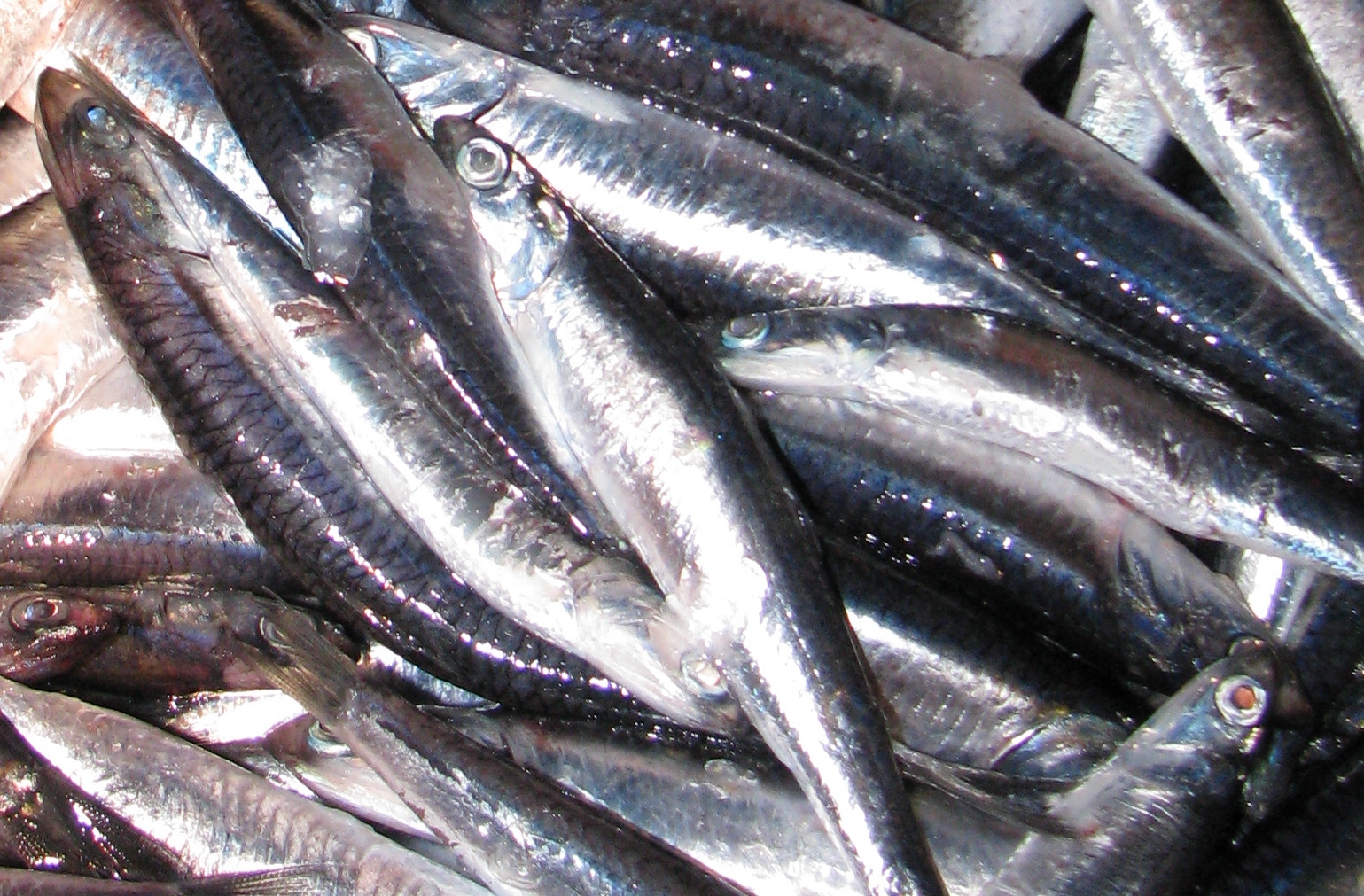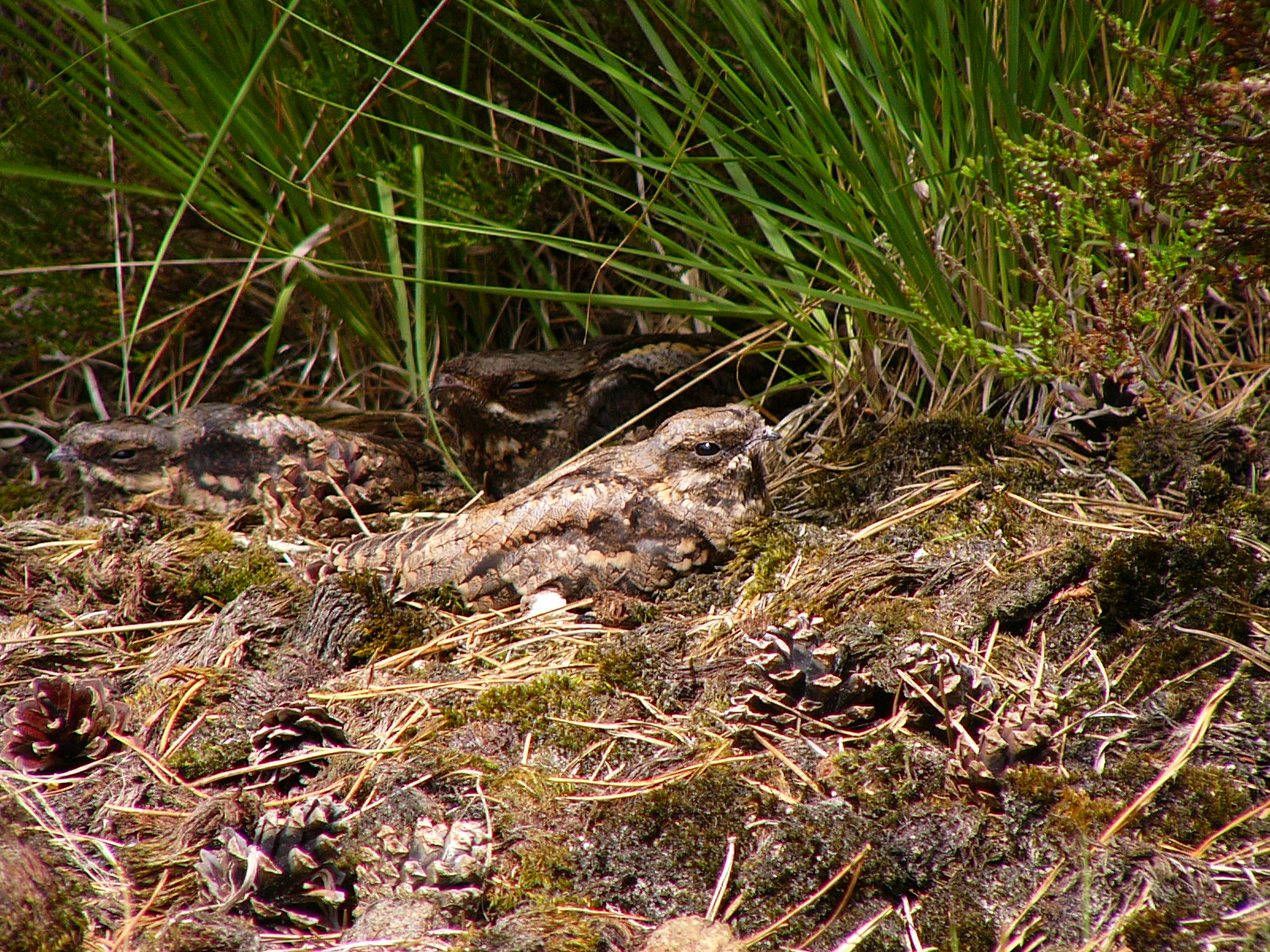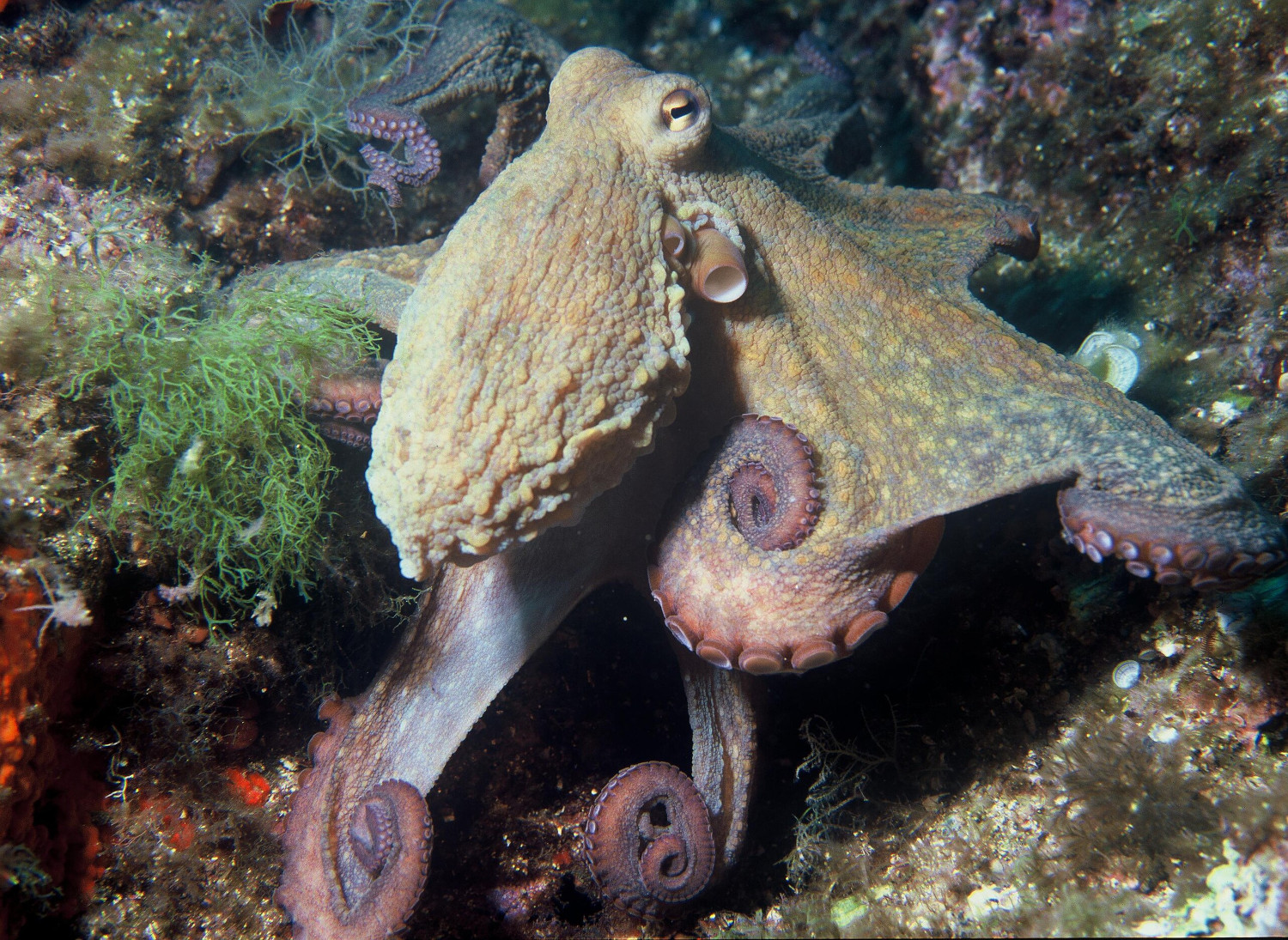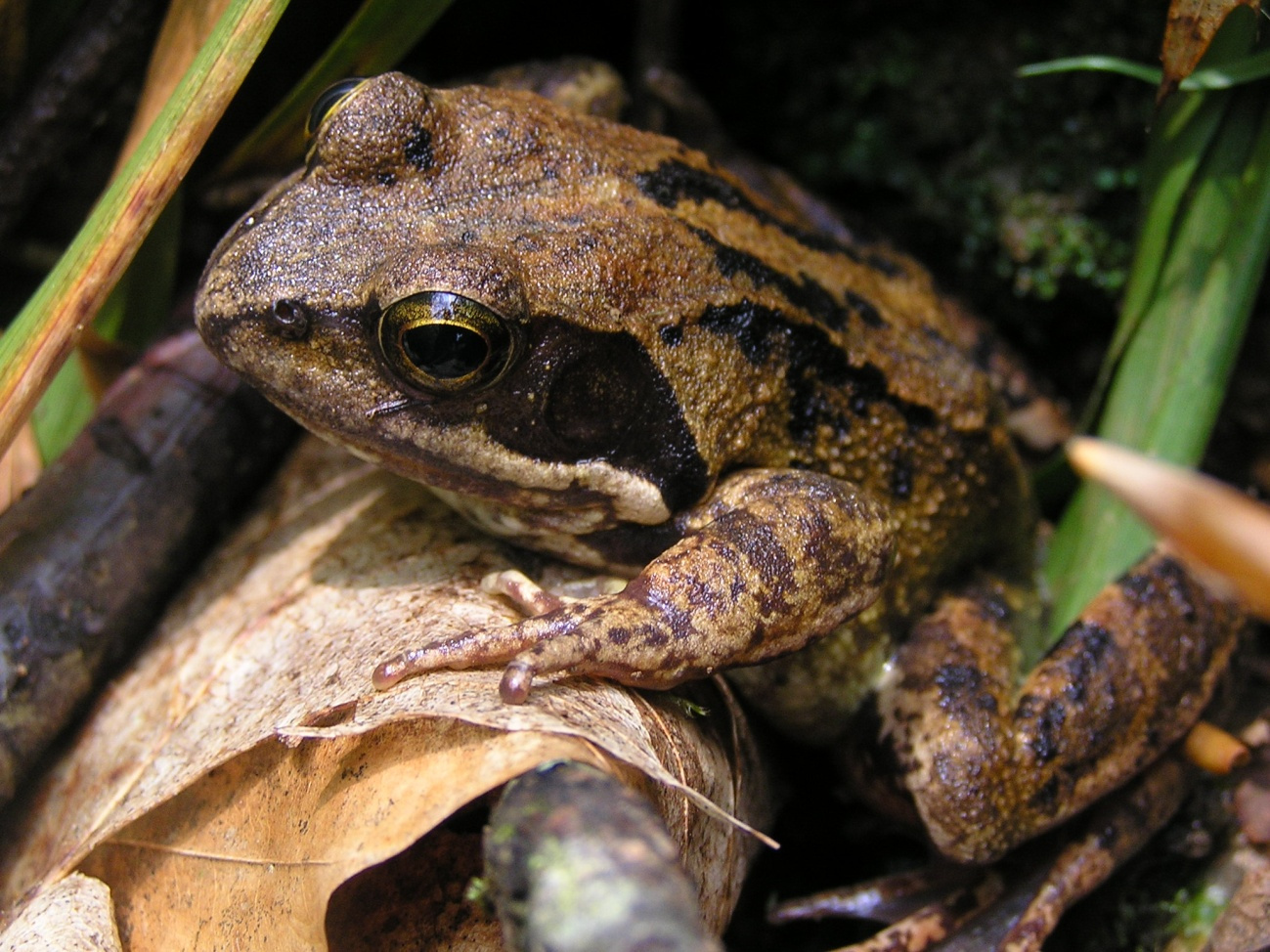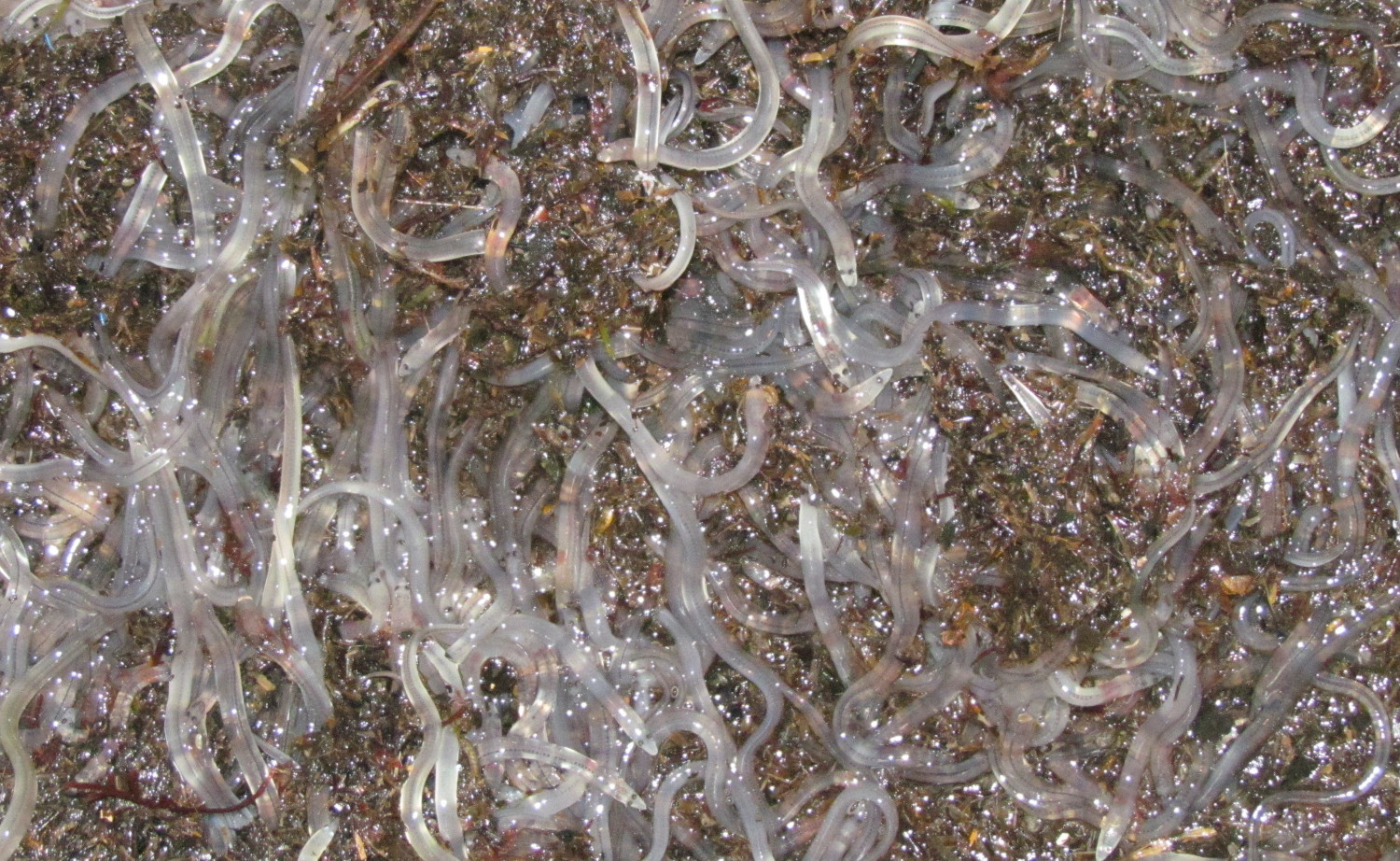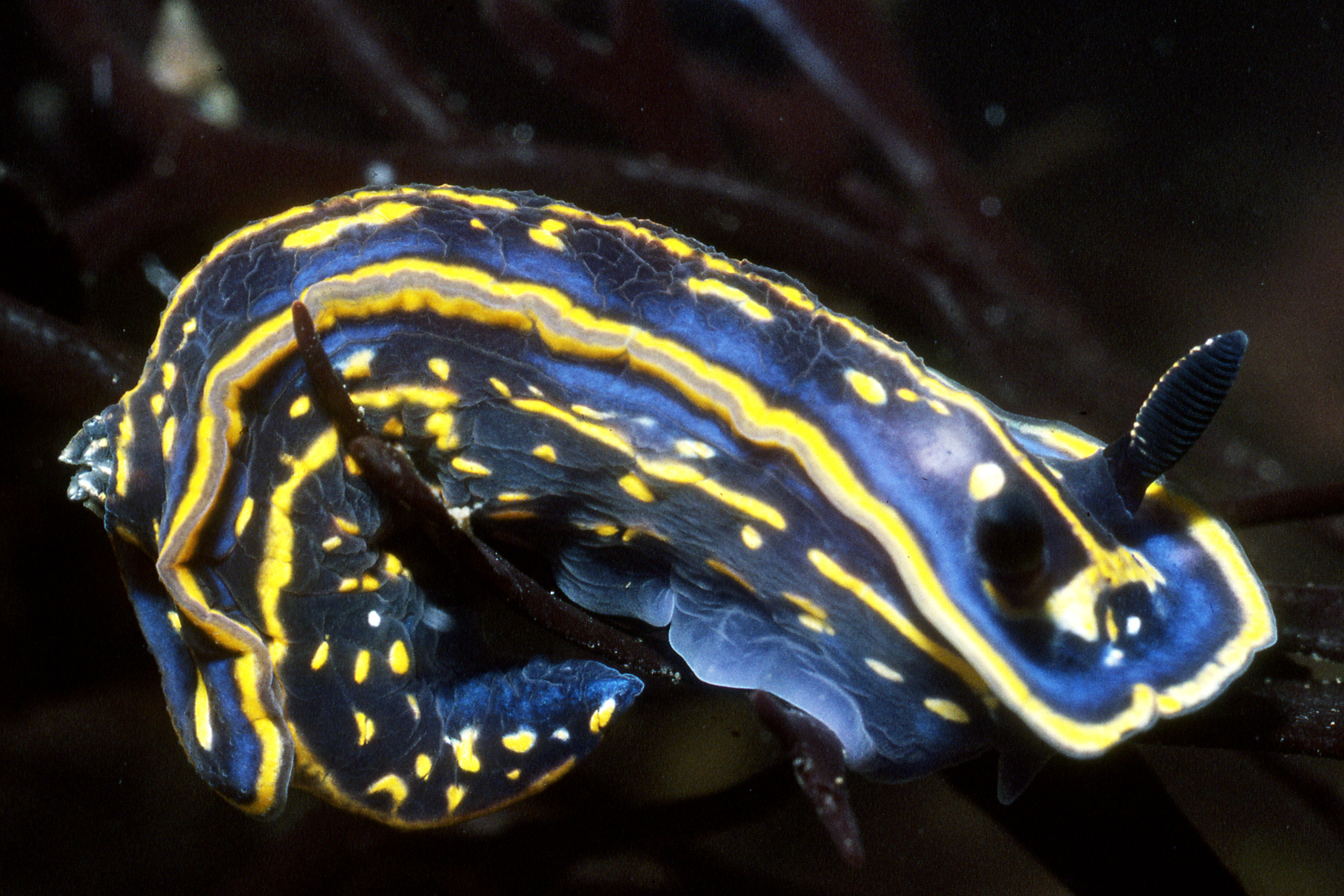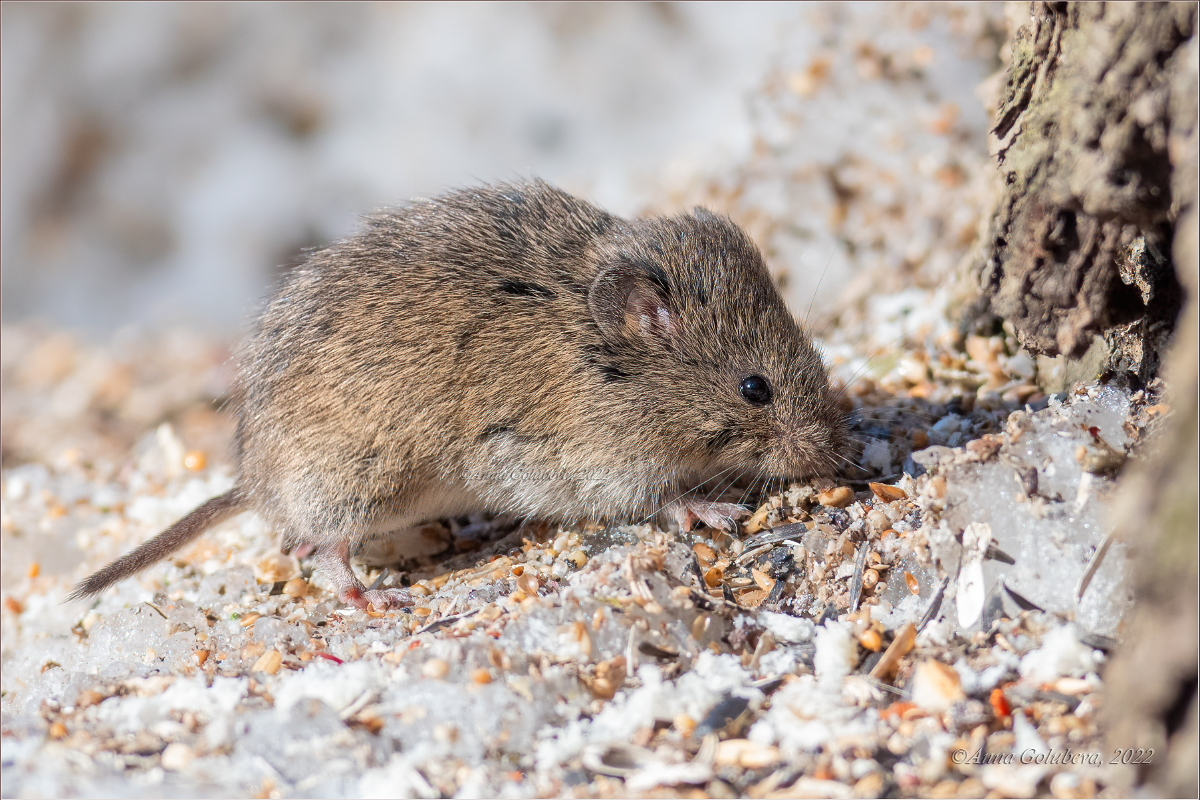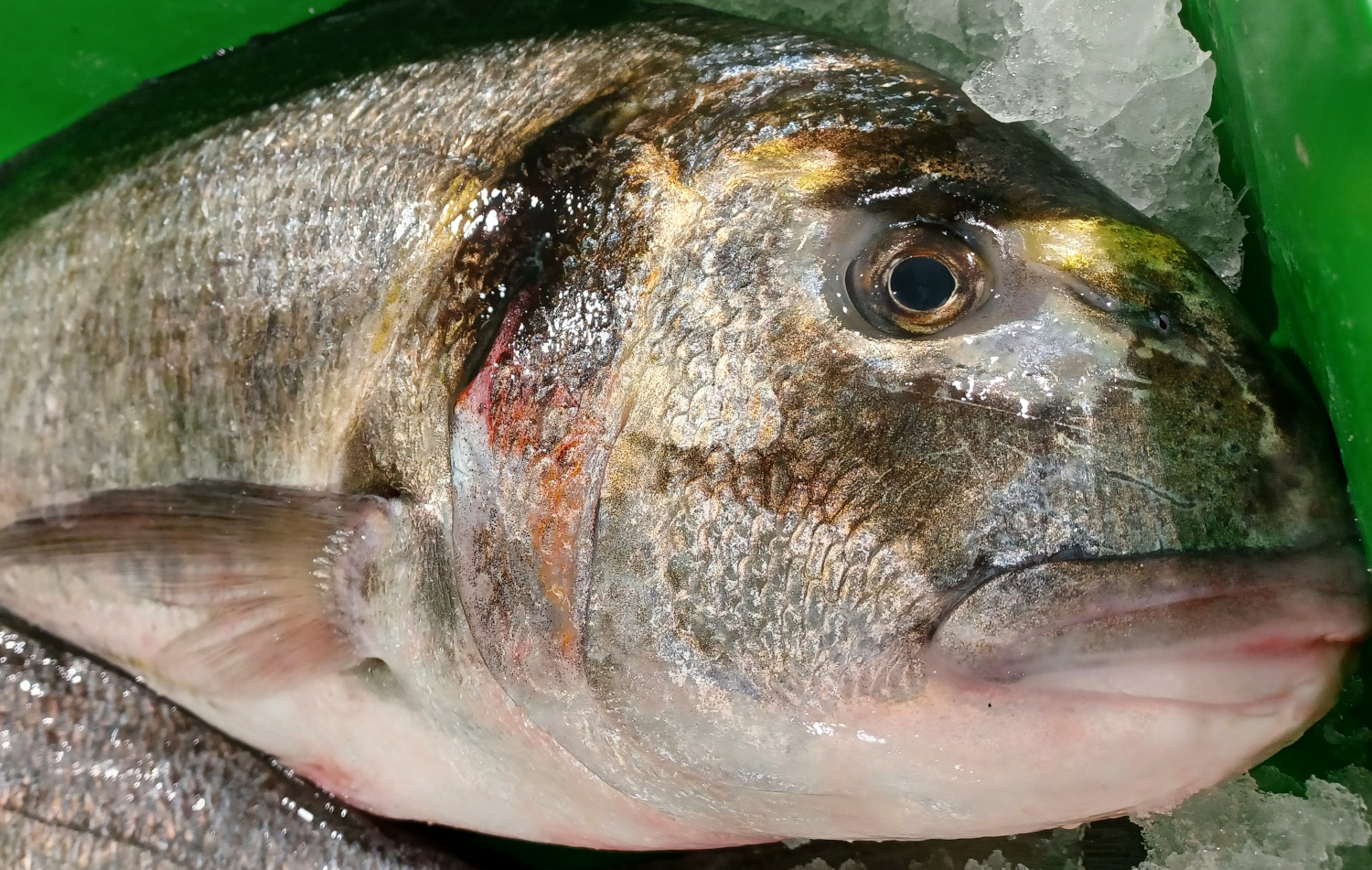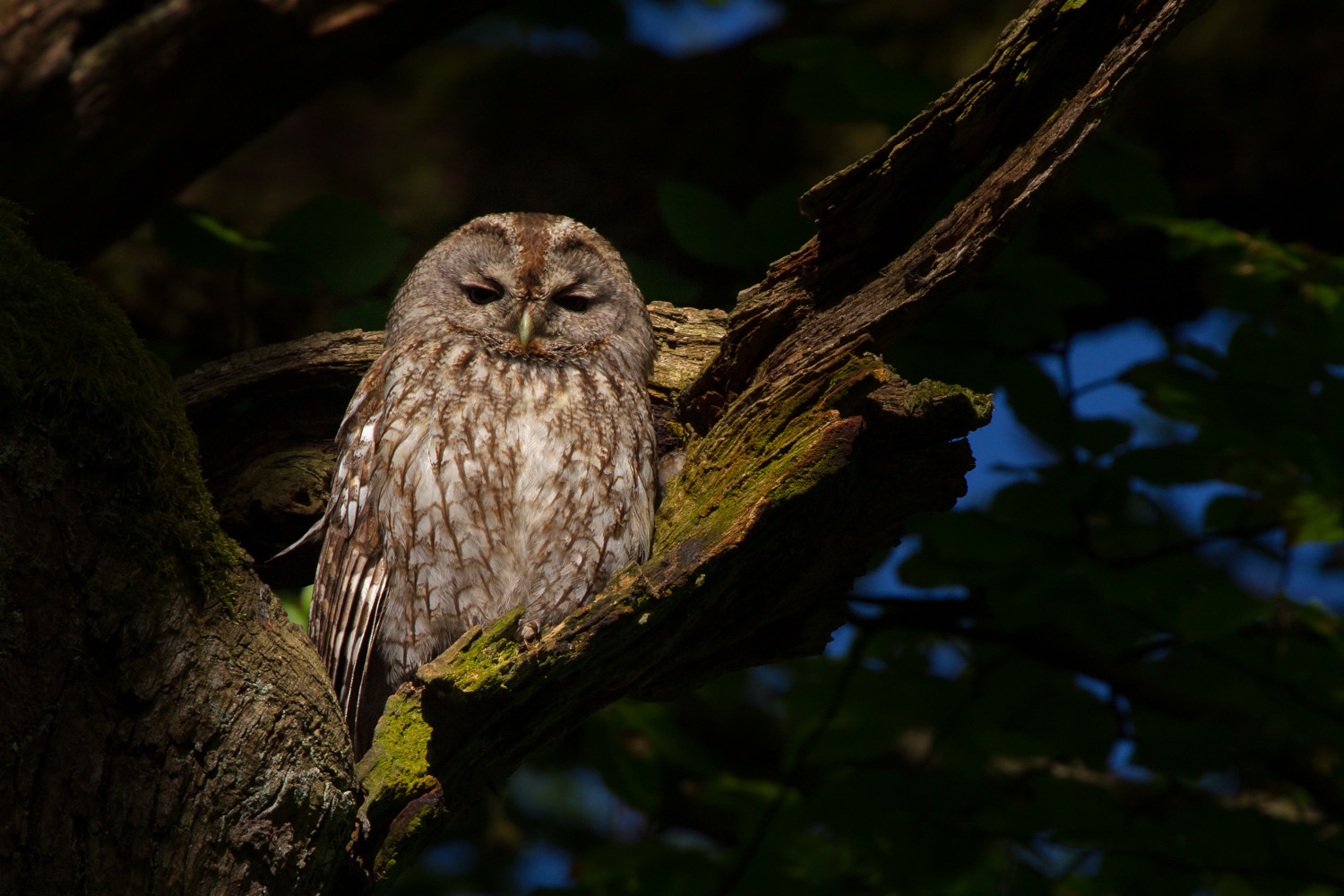On-site surveillance
- Small size, gray-brown color and night hobby. This is the common toad. With these characteristics it does not seem to draw attention to a striking animal, but…, if we look carefully, caries contains secrets that are hidden in the eyes of man. And that is that the common toad, besides being the oldest toad in Europe, is a special toad: it puts surveillance at the center.

Common seagull (Alytes obstetricans)
Group: Vertebrate / Amphibian.
Size: About 5 cm.
Where does he live? Forest, wet area, prairie and urban area.
What do you eat? Small invertebrates.
Level of protection: Sponsored at European level.
Look, look... you wouldn't see it, but listen... maybe you've heard a normal joke. In fact, in the vicinity of the farmhouses, in a small watering hole or water well, txantxiku is quite common in Euskal Herria. And when the breeding season comes, around the spring, or even in the fall, the txantxikua starts singing with its characteristic, repetitive sound of txistu. Anyone who doesn't know will ignore him, because he can have a bird in his ear. Once the ear is made, your music is unmistakable. He says he does it in a crib. That is why perhaps the name they have given him in Agurain is kunkuna. Everywhere, however, the song is heard differently and Amurrio's call it clinkon. Clin-clone. In the Hernani area he does kuk-kuk, but… they know him as a zapottiki. In this case they have focused on size.
But, however small it may be, anyone who has seen it will not forget it immediately. Beautiful silver gold eyes and small red pints on both sides of the back. As if that were not enough, common caries, unlike other amphibian species in the area, brings knots at the time of reproduction the eggs that will be the tadpoles of the future. And so every night, she takes them to the water and she moistens them to keep them moist. Keep the eggs on your back every day and keep them moist under stones or logs, except from the sun. When the tadpoles warn that they are about to leave, they will deposit them in a well, watering or inert water area.
But maybe another feature you don't expect gets your attention. And it's that in the case of cavities, females don't, males are the ones who carry and care for the eggs that are going to take the tadpoles out of the future. Caries has been focusing surveillance for years.
Although common in our country, we have no reason to relax in the conservation of this species. In the summer of 1998, in the Sierra de Guadarrama, in the Parque Natural de Peñalara (Madrid), hundreds of newly-metamorphosed gulls were killed in lagoons located about 2,000 meters. They were apparently in perfect condition. A year later, in the summer of 1999, 86% of the tadpoles of this population had already disappeared. The massacre was carried out by a fungus from the Kitridu group and the disease has already reached the Basque Country, although it has only been detected in three places.
Human beings must focus their care not only on themselves and on the human beings around them, but also on other living beings, if they want to maintain the biodiversity that is the basis of our life.
Antxoa, bokarta edo albokartia, gure arrain komertzialen artean txikiena, euskal kostaldera hurbildu da.
Katalanen ustetan artzainak engainatzen omen ditu hegazti honek: “enganyapastors”. Espainiar eta latindarrek, aldiz, ahuntzari esnea kentzen diola diote, hortik datorkio hain zuzen ere izen zientifikoan (Caprimulgus europaeus) islatzen den caprimulgus (capra... [+]
Leihatila honetan behin baino gehiagotan azaldu ditugu Ama Naturaren engainuak bere izakiak babestearren. Batzuetan, erle edo liztor itxura zuten euliak ekarri ditugu, beste batzuetan inongo arriskurik ez duten arrisku-kolorazioko intsektuak ere bai (kolorazio aposematikoa... [+]
Nekazal eremu lehor baten erdian ageri da putzua. Txikia da tamainaz, eta ez oso sakona. Egunak dira euririk egiten ez duela, baina oasi txiki honek oraindik ere aurretik bildutako urari eusten dio. Gauak eremua irentsi du eta isiltasunaren erdian kantu bakarti bat entzun da... [+]








